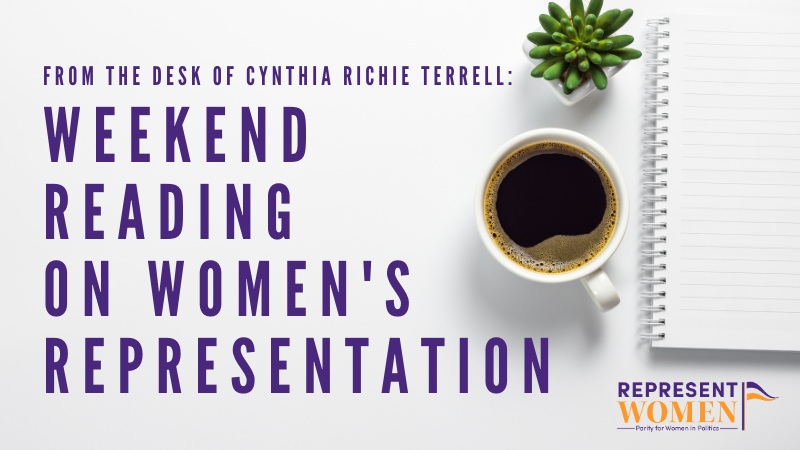
Weekend Reading on Women’s Representation is a compilation of stories about women’s representation in politics, on boards, in sports and entertainment, in judicial offices and in the private sector in the U.S. and around the world—with a little gardening and goodwill mixed in for refreshment!
News of the tragedy unfolding in Haiti, the rise of the Delta variant, and the humanitarian crisis in Afghanistan dominate the headlines this week. But there are a few other stories that have garnered media attention—including the resignation of New York governor Andrew Cuomo.
I wrote about his successor, Lieutenant Governor Kathy Hochul, who will become the first woman governor of my home state joining a very small club of women who have served as governor—just 2 percent of all governors, in U.S. history, have been women.
States are laboratories for democracy and democracy reform—in fact, most of the reforms included in the For the People Act have already been passed and implemented with great success at the state level—in both Democratic- and Republican-leaning states. We need similarly serious strategies for getting more women in statewide executive offices that move beyond the hope that a male governor may resign and leave a woman in his wake.
Party leaders, donors and other gatekeepers must work with one another and with democracy reform groups to ensure that not only are more women running for positions at every level but they are doing so on a level playing field.
Reforms which would help to speed up the process toward gender balance among governors include:
Gender-balanced tickets: While it is not ideal that currently half of the women governors in the U.S. rose to the position following a male governor’s resignation, gender-balanced tickets would ensure women are prepared to assume the office if needed. Additionally, gender-balanced tickets would help to normalize women in leadership positions and expand the pipeline of women we see as “eligible, prepared and qualified” for gubernatorial, federal and even presidential positions.
Gubernatorial term limits: Four of the current women governors won their seats running in open-seat races—races which women and all political newcomers have a higher likelihood of winning.
Ranked-choice voting: has a proven track record of levelling the electoral playing field for women and BIPOC candidates mitigating the benefits for white, male incumbents ingrained in the U.S. political system. In fact the first woman governor of Maine, Janet Mills, won the democratic nomination in a ranked-choice election.
Kathy Hochul’s ascension to the New York governorship is an historic moment for the state of New York and a small step in the right direction for the United States as a whole. But until the the entrenched structural barriers women face in politics are eliminated with systemic and intentional action, women’s representation at the gubernatorial level may be just as reliant on a male governor’s resignation as it is on a woman candidate’s qualifications.
This week marks the anniversary of ratification of the 19th Amendment to the United States Constitution in 1920. There has been much written about the work that led to this milestone and the many women who were not fully enfranchised until passage of the Voting Rights Act in 1965.
RepresentWomen board member Michelle Whittaker and her sister Brandy Brooks—who is running for the Montgomery County, Maryland County Council—shared this timely post on Facebook:
On this day in 1920, the 19th Amendment was ratified to guarantee the right to vote for women in the United States to vote. While this was a step forward for equality, women of color continued to be denied the right to vote for another half century.
The expansion of democracy to women and women of color was thanks to the tireless advocacy of women who spoke out, enduring decades of resistance to make their voices heard—from Sojourner Truth to Fannie Lou Hamer to today’s advocates on the front lines.

Voter suppression tactics such as reduced poll locations, voter roll purges, and limited language access create modern-day obstacles to equal representation of all in government. Though women are a majority of the population, women are less than 1/3 of elected leaders in Congress, statewide offices, and state legislatures across the country. Our Maryland General Assembly is 39% women, yet the Montgomery County Council is at 11% with only one woman serving out of 9 seats. Please join me in continuing the struggle begun by the suffrage movement to make sure women have an equal say in how our community is governed.
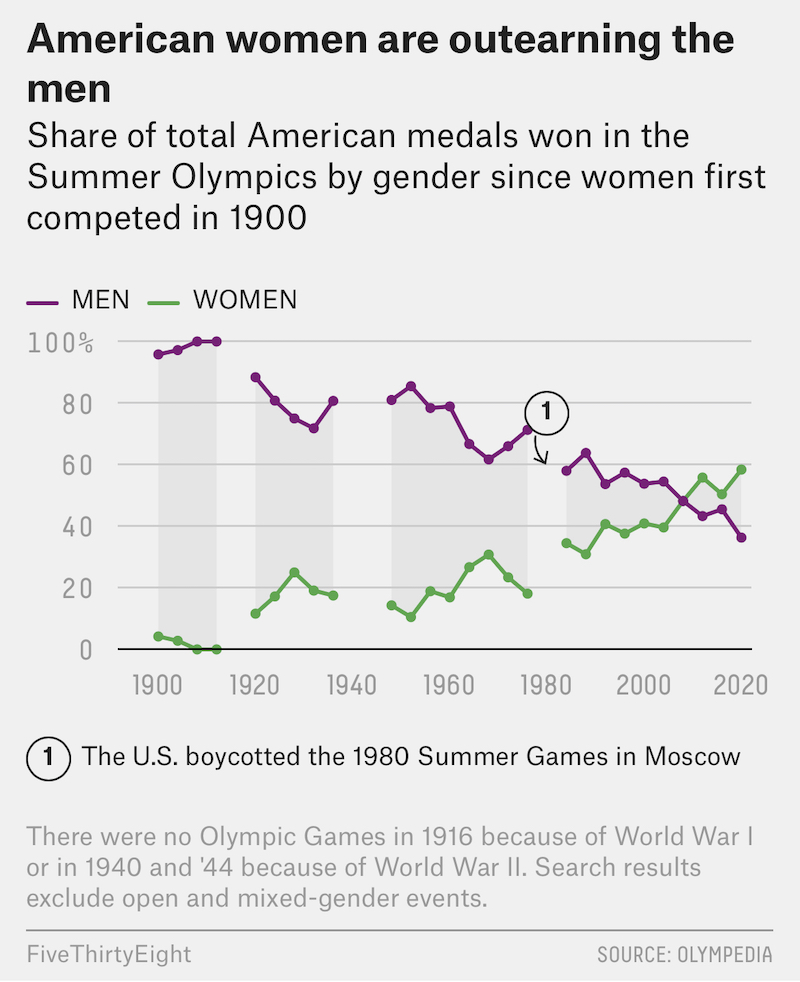
I often cite Title IX as a prime example of a systems strategy that leveled the playing field for women and girls in education and athletics by addressing the institutional barriers they faced and ensuring equal access to opportunities to learn and compete.
Recent news stories that women are now outpacing men in the number of medals earned at the Olympics confirms my belief that strategies like Title IX that change institutions are not only impactful but also enduring—just imagine the outcome if we made similar commitments to invest in systems reforms to advance women’s representation in politics:
The International Olympic Committee marketed this as the first ever gender-balanced Olympic Games, with women representing nearly half of the total athletes competing. As has been the case in each successive Olympiad since 1960, female participation at the 2020 Olympics represented an all-time high — and a significant chunk of that representation was red, white and blue. The U.S. team brought a record-breaking 329 female athletes to Tokyo, the largest female contingent ever assembled.
By nearly every other country’s standards, the performance of the U.S. men was remarkable: By total gold medals, Caeleb Dressel’s five made him the most successful athlete of the Olympics, and the U.S. men won both more gold medals and total medals than men from any other country. However, by American standards, Tokyo went about as well as a baton pass in the men’s 4×100-meter relay. The men’s 16 gold medals — again, Dressel won five — are their fewest since 1928, according to Olympedia, and the men’s 41 total medals are their fewest of any Summer Games since the first Summer Games in 1896, when there were only 43 events.
Conversely, it was the third consecutive Summer Olympics in which the U.S. women outearned the men. If just the U.S. women were a sovereign nation, they would have trailed only the Russian Olympic Committee and China in total medal count. That’s quite the comeup for a contingent that as recently as 1988 was bringing home less than a third of the country’s medals.
American women saw dominance from the usual suspects. Katie Ledecky continued to clock outrageous times in the pool,2 the water polo team three-peated, and the basketball team won its seventh consecutive gold medal, led by a history-making turn from Dawn Staley, who became the first Black head coach to lead the women’s national team to an Olympic gold. But there was also dominance from new faces in new Olympic sports: American women won gold in surfing and 3-on-3 basketball, both of which debuted in Tokyo.
There was also the first U.S. gold medal for the women’s volleyball team, the first U.S. individual medals in foil and taekwondo, the first gold medal for U.S. women’s golf since 1900, and the third Americans to win gold in the pole vault and discus. Molly Seidel earned a bronze medal in her third-ever marathon!
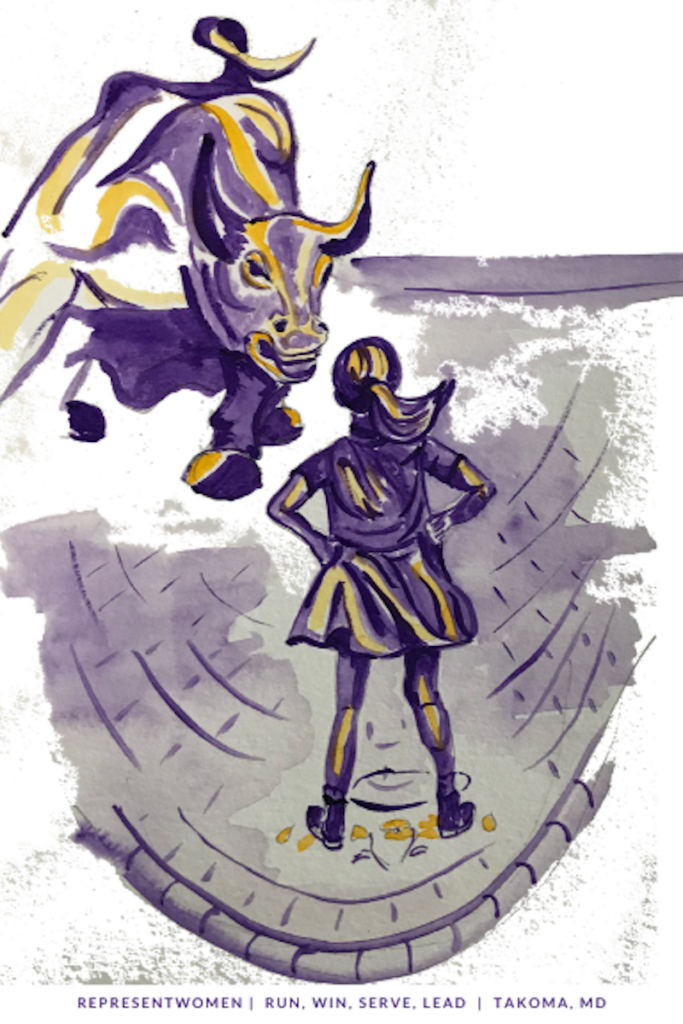
Systems strategies including gender quotas and reporting requirements are also having a clear impact in the financial industry where, according to this piece on Bloomberg Equality, women now hold 30 percent of seats on a majority of S&P 500 boards:
Women hold at least 30% of seats on a majority of S&P 500 boards for the first time, a result of years of investor pressure and regulations requiring more gender diversity among corporate directors.
The number of index companies with at least 30% female directors rose to 251 in July, as women gained a net 13 seats, according to data compiled by Bloomberg. The average number of women directors was unchanged at 3.3, out of an average board size of 11.
“While some of the countries are actually getting there — and it’s absolutely fantastic that America is, because of the size of the economy and the influence of American companies around the world — there’s still a long way to get to that 30% tipping point in most parts of the world,” said Ann Cairns, global chair of the 30% Club in London, which advocates for more women on boards and c-suites.
Boards have been under pressure to increase diversity, in gender and race, for the past several years. Women have made quicker gains because the focus on gender started earlier, with more investors now shifting to race and ethnicity. Progress on race is more difficult to measure because companies are not required to report demographic data, and gender has been easier to verify independently.
Nasdaq Inc. this month won regulatory approval to require more than 3,000 member companies to report diversity and either meet a minimum standard or explain why they don’t. California is also requiring companies based in the state to meet minimum gender and other diversity requirements.

The entertainment industry is also leading on policies that level the playing field for women, as evidenced by new rules at The Academy for Motion Pictures which now elects its majority-women board of governors with ranked-choice voting and a new category for women directors introduced at the Sarajevo Film Festival:
Thirteen debut features directed by women will be eligible for a new award at this month’s Sarajevo Film Festival (August 13-20).
The festival is debuting the ‘Special Award for Promoting Gender Equality’, which is open to all directorial debuts directed by women playing at the festival, across all sections.
Titles in the running for the award from the Kinoscope strand include Laura Wandel’s Playground, which debuted in Un Certain Regard at Cannes last month; and Prano Bailey-Bond’s UK horror Censor.
Seven of the 13 titles are in the feature competition programme, including Juja Dobrachkous’ Georgia-UK co-production Bebia, A Mon Seul Desir, which first played at the virtual International Film Festival Rotterdam in February.
The winning director will receive €7,500 (£6,354) prize and will be selected by a three-person jury consisting of festival programmer and curator Teresa Cavina, director Ognjen Glavonic, and producer and curator Lorna Tee.
Sarajevo Film Festival has been a signatory of the 5050×2020 gender parity pledge since 2018, advocating for equal opportunities for women in the film industry. Eight of the 10 films in the feature. competition are directed by women, while six of the 16 films in the documentary competition are directed by women.
Nova Scotia's election is just more proof that first past the post is a trash system of voting, and people really need ranked choice voting for democracy to actually work pic.twitter.com/pB8MU9YJ5c
— Sami (@samifouad) August 18, 2021
Three men named John split the vote in this all-too-common flaw in old-school winner take all elections #RankedChoiceVoting fixes this flaw yielding #21stCenturyDemocracy with majority winners & more candidates & winners who are #BIPOC & women #RulesMatter #RepresentationMatters https://t.co/zKcaYpnwsH
— Cynthia Richie Terrell (@CynthiaRTerrell) August 19, 2021
A recent election in Nova Scotia that featured three vote-splitting candidates named John drove some fun social media buzz about the need to ditch the antiquated first-past-the-post/winner-take-all system that plagues both Canada and the United States and replace it with a ranked-choice system.
According to this post on Global News, all three major parties in Nova Scotia are committed to new strategies to address the problem of elections where all the candidates are named John:
All three major political parties in Nova Scotia say they’re running the most diverse slate of candidates in their party’s history.
When it comes to gender parity, however, the New Democrats lead the pack with 31 female candidates out of 55 or 56 per cent of the team. The incumbent Liberals are running 23 women — 41.8 per cent of their total candidates, while the Progressive Conservatives have 19 or 34 per cent.
The NDP further identify four candidates as gender diverse and a total of eight candidates who are part of the 2SLGBTQ+ community. The PCs say one of their candidates is part of 2SLGBTQ+ community, and the Liberals did not provide that number.
All three parties have candidates who come from diverse backgrounds, including racialized communities.
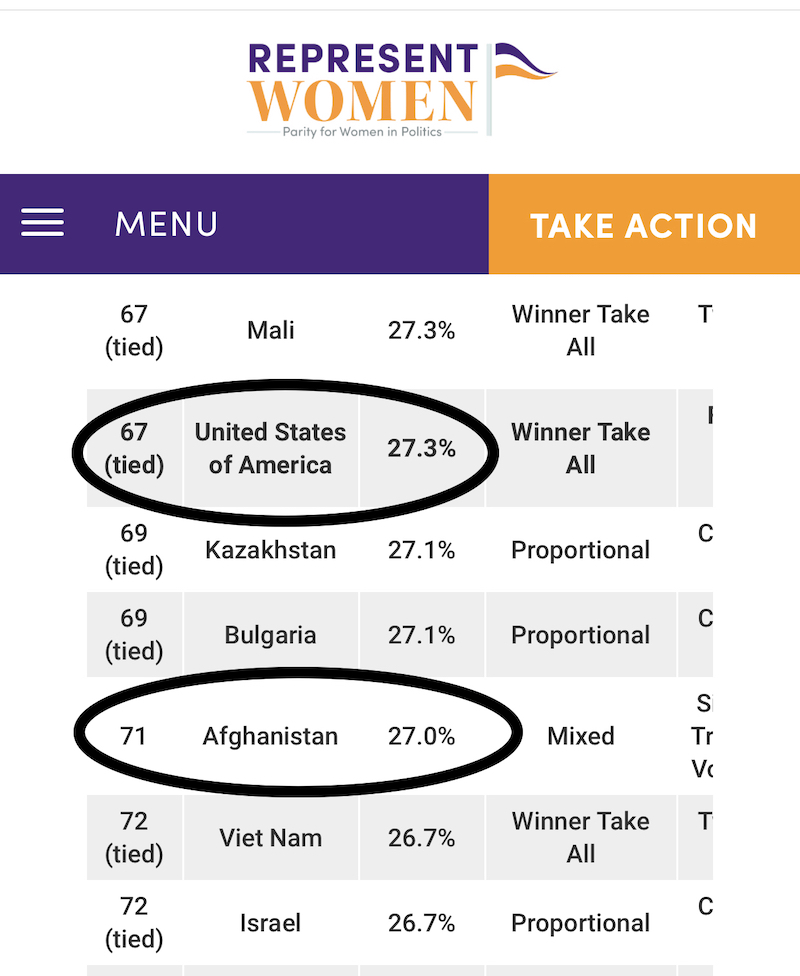
One legacy of the trillions of dollars that the United States has spent in Afghanistan is the increased representation of women in Parliament, which is due largely to the reserved seats for women in both houses of government.
The fact that the United States and Afghanistan have the same percentage of women in Parliament (27%)—for now—is both a testament to the impact of quotas that the U.S. called for in Afghanistan, and a reminder that the United States trails behind nearly every established democracy for the percentage of women in government. Data-driven strategies that advance women’s equality that are used in Afghanistan, and in athletics, the entertainment world, and the corporate sector are the key to getting more women into office in the United States who might well lead us to a more peaceful world.

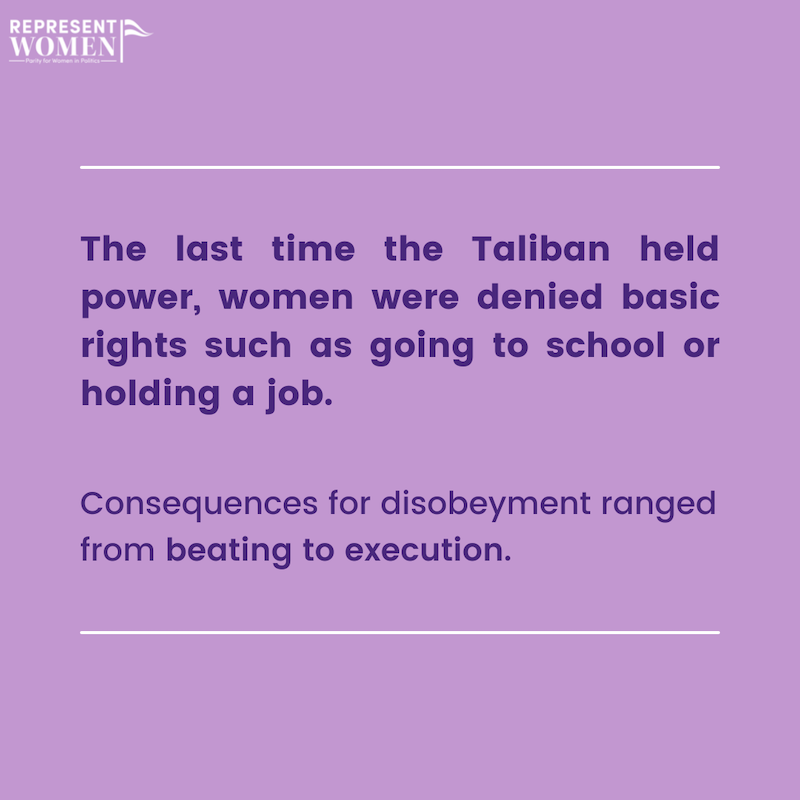
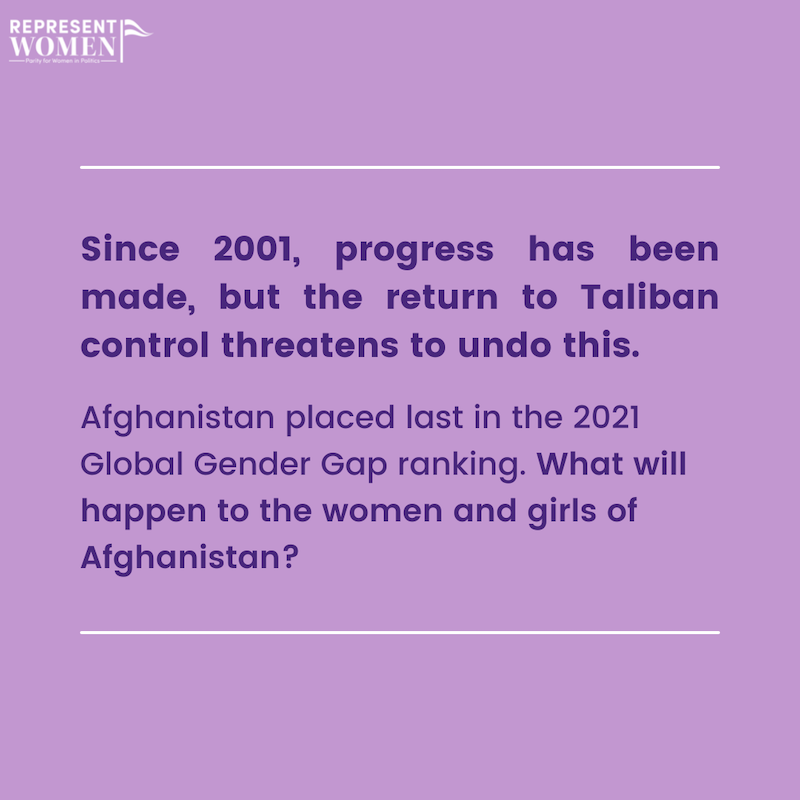
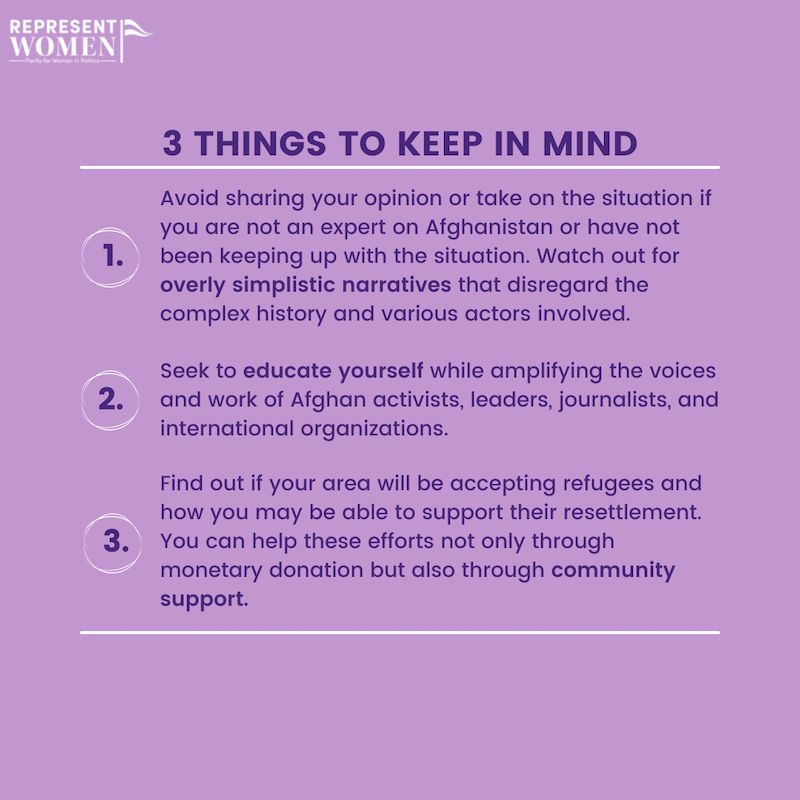
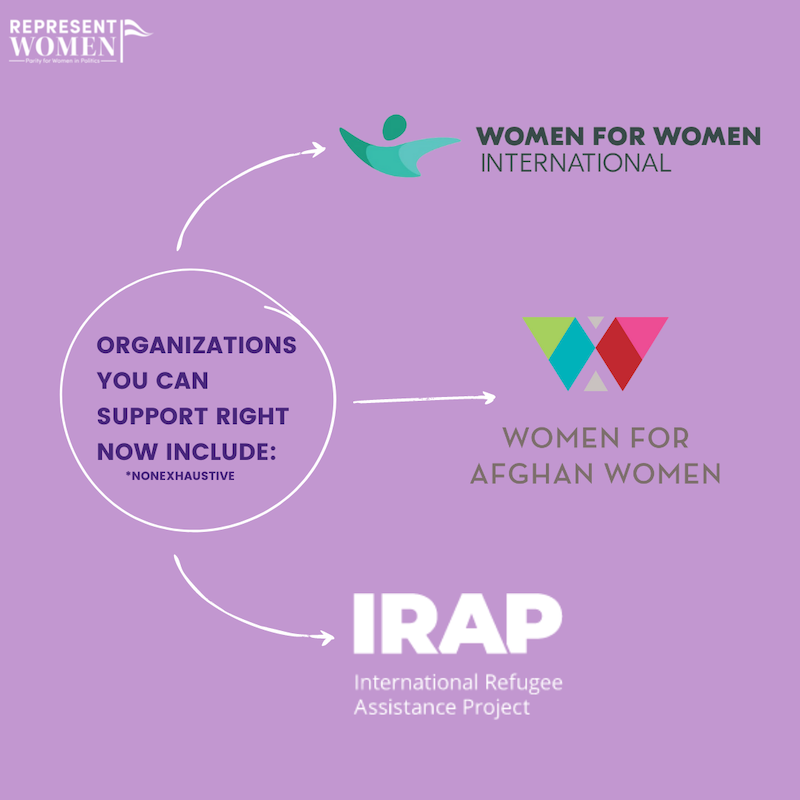
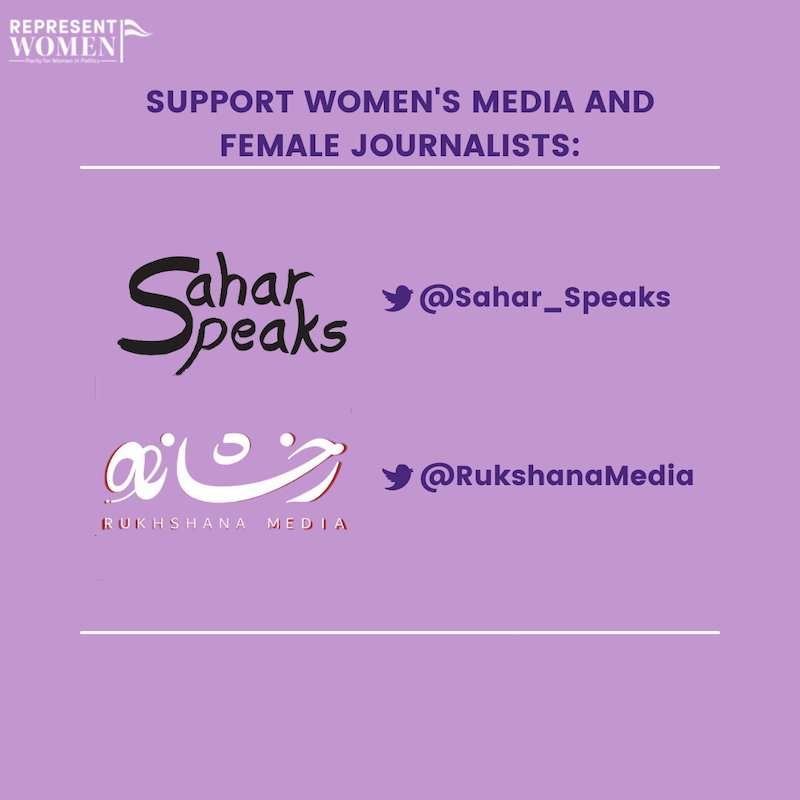
Find out more about conversations happening around women’s equality this week on the ReflectUS event page, register for the Women’s Leadership Salon hosted by EMERGE on August 26th, tune-in to a panel hosted by 5050 Leadership this coming Saturday at 2pm EST, and listen in to Kristin Hayden’s interview with Rosie Rios on her new podcast Our Money Power.
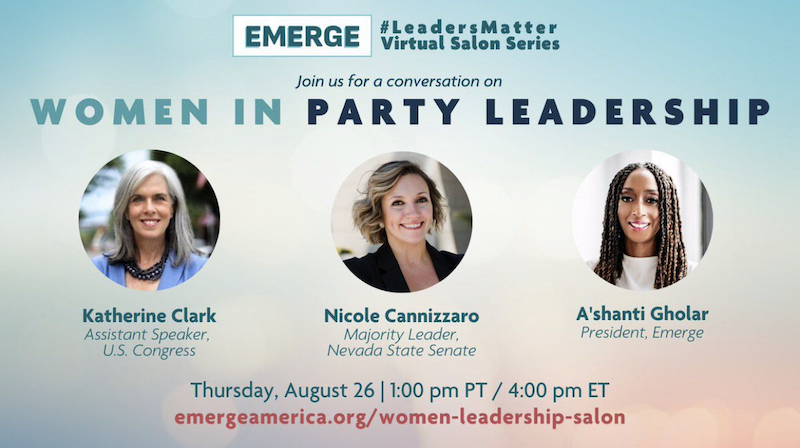
Check out this week’s suggested reading from the team at RepresentWomen:
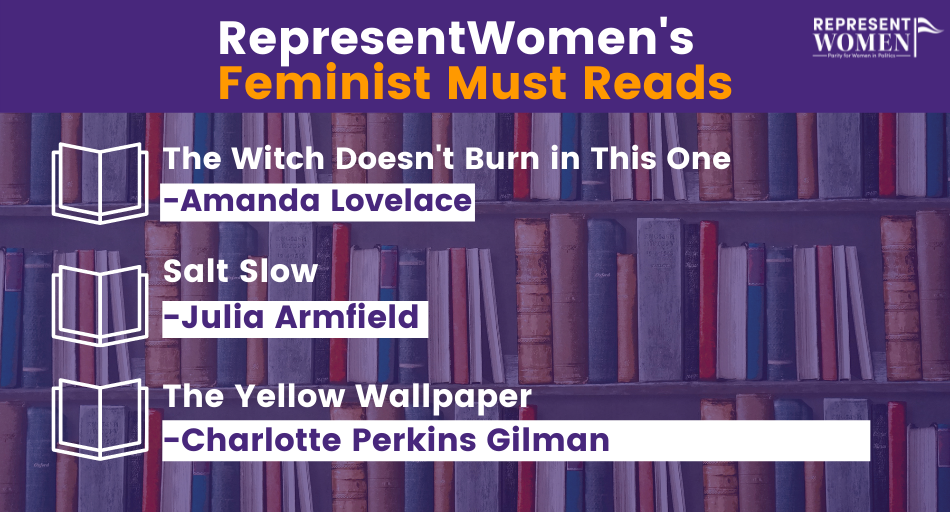
That’s all the news for this week. The Black-eyed Susans are blooming happily in my garden.
Up next:








